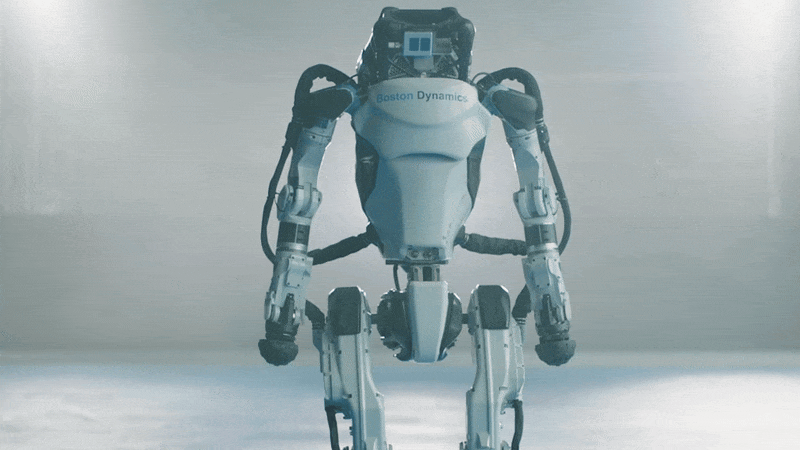Figure 02 Robot Is a Sleeker, Smarter Humanoid
Today, Figure is introducing the newest, slimmest, shiniest, and least creatively named next generation of its humanoid robot: Figure 02. According to the press release, Figure 02 is the result of “a ground-up hardware and software redesign” and is “the highest performing humanoid robot,” which may even be true for some arbitrary value of “performing.” Also notable is that Figure has been actively testing robots with BMW at a manufacturing plant in Spartanburg, S.C., where the new humanoid has been performing “data collection and use case training.”
The rest of the press release is pretty much, “Hey, check out our new robot!” And you’ll get all of the content in the release by watching the videos. What you won’t get from the videos is any additional info about the robot. But we sent along some questions to Figure about these videos, and have a few answers from Michael Rose, director of controls, and Vadim Chernyak, director of hardware.
First, the trailer:
How many parts does Figure 02 have, and is this all of them?
Figure: A couple hundred unique parts and a couple thousand parts total. No, this is not all of them.
Does Figure 02 make little Figure logos with every step?
Figure: If the surface is soft enough, yes.
Swappable legs! Was that hard to do, or easier to do because you only have to make one leg? Figure: We chose to make swappable legs to help with manufacturing.
Is the battery pack swappable too?
Figure: Our battery is swappable, but it is not a quick swap procedure.
What’s that squishy-looking stuff on the back of Figure 02’s knees and in its elbow joints?
Figure: These are soft stops which limit the range of motion in a controlled way and prevent robot pinch points
Where’d you hide that thumb motor?
Figure: The thumb is now fully contained in the hand.
Tell me about the “skin” on the neck!
Figure: The skin is a soft fabric which is able to keep a clean seamless look even as the robot moves its head.
And here’s the reveal video:
When Figure 02’s head turns, its body turns too, and its arms move. Is that necessary, or aesthetic?
Figure: Aesthetic.
The upper torso and shoulders seem very narrow compared to other humanoids. Why is that?
Figure: We find it essential to package the robot to be of similar proportions to a human. This allows us to complete our target use cases and fit into our environment more easily.
What can you tell me about Figure 02’s walking gait?
Figure: The robot is using a model predictive controller to determine footstep locations and forces required to maintain balance and follow the desired robot trajectory.
How much runtime do you get from 2.25 kilowatt-hours doing the kinds of tasks that we see in the video?
Figure: We are targeting a 5-hour run time for our product.
![]() Slick, but also a little sinister?Figure
Slick, but also a little sinister?Figure
This thing looks slick. I’d say that it’s maybe a little too far on the sinister side for a robot intended to work around humans, but the industrial design is badass and the packaging is excellent, with the vast majority of the wiring now integrated within the robot’s skins and flexible materials covering joints that are typically left bare. Figure, if you remember, raised a US $675 million Series B that valued the company at $2.6 billion, and somehow the look of this robot seems appropriate to that.
I do still have some questions about Figure 02, such as where the interesting foot design came from and whether a 16-degree-of-freedom hand is really worth it in the near term. It’s also worth mentioning that Figure seems to have a fair number of Figure 02 robots running around—at least five units at its California headquarters, plus potentially a couple of more at the BMW Spartanburg manufacturing facility.
I also want to highlight this boilerplate at the end of the release: “our humanoid is designed to perform human-like tasks within the workforce and in the home.” We are very, very far away from a humanoid robot in the home, but I appreciate that it’s still an explicit goal that Figure is trying to achieve. Because I want one.




